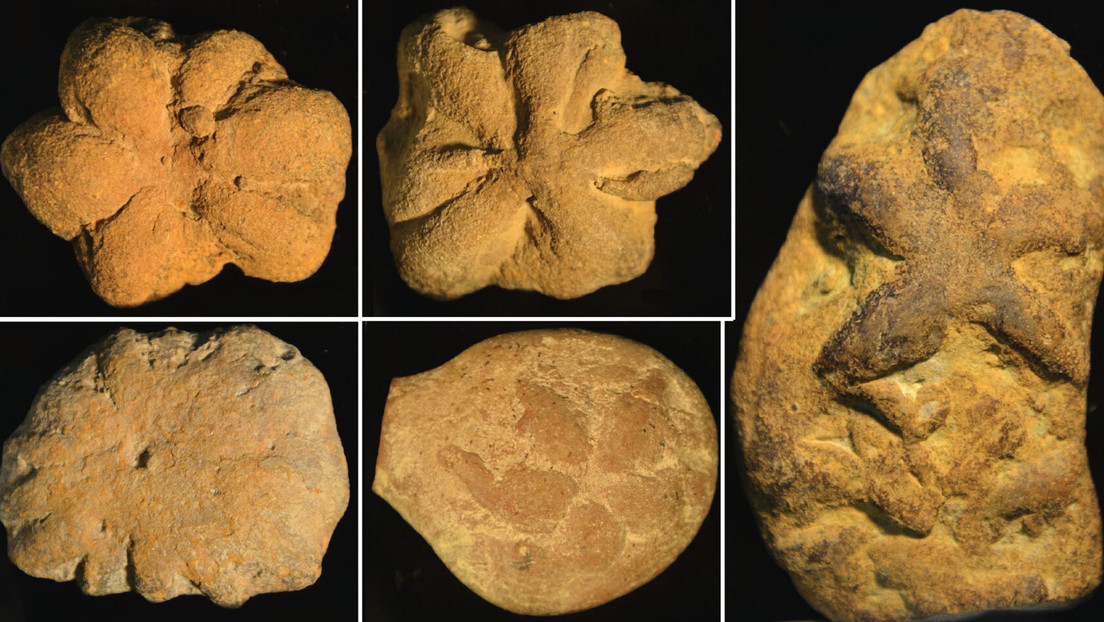
A group of paleontologists from American scientific institutions published in the journal PeerJ evidence suggesting that some species of fossilized sponges from the middle Cambrian period, known as 'Brooksella alternata', are actually silica rocks that were formed from non-biological processes.
In 1896, scientist Charles Doolittle Walcott was tasked with examining enigmatic star-shaped fossils found in the Conasauga Formation, Walcott initially described fossilized specimens as jellyfish with tentacles. However, it also considered that it could be hexactinélidas sponges, although it did not detect traces of spicules, which are part of the skeleton of these marine animals.
Since that date, the taxonomic identity of Brooksella has been re-evaluated on multiple occasions. The most recent review, released in 2006, proposed that the fossilized remains corresponded to those of a hexactinélida reticulosana sponge of the genus protospongia, as had been proposed by Walcott more than 100 years ago.
This classification made the Conasauga Formation a site of fossils preserved by opaline silica, which was produced by sponges. However, in this new research it was ruled out that the Brooksella are of biological origin, after submitting them to form and chemical analysis combined with high resolution 3D images obtained by microcomputed tomography (micro-CT).
Discovering the origin of 'pseudofossils'
The specialists did not find evidence of characteristics typical of glass sponges or other marine species such as starfish or excavating worms, so it is thought that in reality it is 'pseudofossils'. The only explanation of the provenance of the Brooksella was given after comparing its compositions and its internal structures with other silica materials produced by the middle Cambrian rocky beds around of the world.
"We concluded that Brooksella was not part of the early diversification of sponges in the Middle Cambrian seas, but was an unusual type of silica concretion," the scientists explained, noting that these "concretions can have all kinds of forms, to the point that some seem to have formed organically".
"These findings highlight the need for complete and accurate descriptions in Cambrian paleontology, in which care must be taken to examine the full range of biotic and abiotic hypotheses for these compelling and unique fossils," they concluded. (Text and photo: News RT)